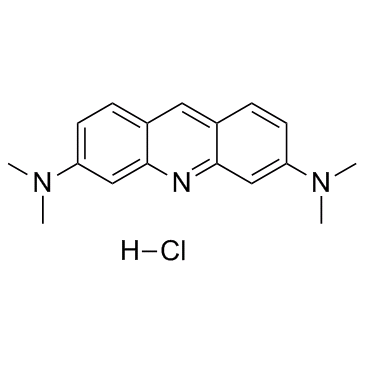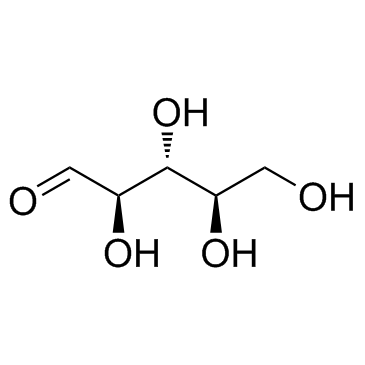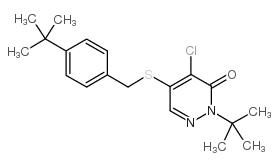| Structure | Name/CAS No. | Articles |
|---|---|---|
 |
Ethidium bromide
CAS:1239-45-8 |
|
 |
sodium chloride
CAS:7647-14-5 |
|
 |
Acridine Orange hydrochloride
CAS:65-61-2 |
|
 |
D-Ribose
CAS:50-69-1 |
|
 |
SODIUM CHLORIDE-35 CL
CAS:20510-55-8 |
|
 |
Pyridaben
CAS:96489-71-3 |
|
 |
Ethylenediaminetetraacetic acid
CAS:60-00-4 |